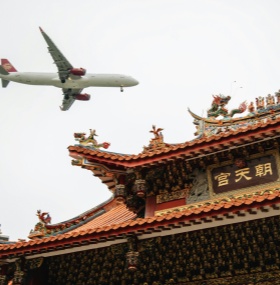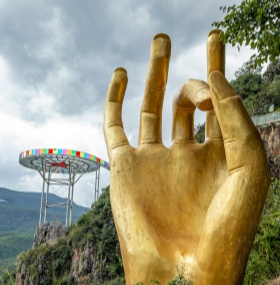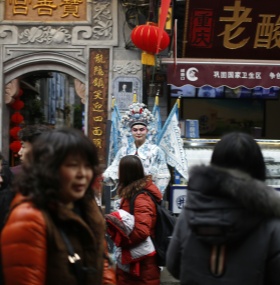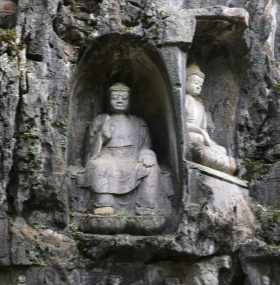The Ancient Building Complex in the Wudang Mountains offers visitors a unique opportunity to delve into the rich spiritual and architectural history of China, particularly Taoism. This UNESCO World Heritage Site is not only a scenic marvel but also a living testament to the integration of religion, culture, and nature.
1. The Spiritual Heart of Taoism
The Wudang Mountains are considered the birthplace of Taoism and the cradle of Taoist martial arts, including Tai Chi and Kung Fu. The temples and monasteries scattered throughout the region hold immense historical and religious significance. For visitors interested in spirituality and traditional Chinese practices, the site provides a rare chance to connect with ancient Taoist teachings.
● Taoist Temples and Rituals: Sites like the Purple Cloud Temple and Golden Hall serve as both places of worship and centers for learning. These temples host Taoist rituals, ceremonies, and meditation practices that visitors can observe or even partake in, offering an authentic cultural experience.
● Martial Arts Legacy: The Wudang Mountains are internationally recognized for their association with martial arts. Several schools in the area teach traditional Chinese martial arts, and travelers can take part in classes or watch demonstrations of Tai Chi and other ancient combat forms.
2. Architectural Masterpieces and Scenic Views
The architecture of the Wudang Mountain complex is a stunning blend of Taoist aesthetics and ancient construction techniques. The buildings are seamlessly integrated into the natural landscape, perched atop peaks and nestled in valleys. The design reflects Taoism's reverence for harmony between humans and nature, with the temples positioned to maximize views of the surrounding mountains and forests.
● Golden Hall: A must-see, the Golden Hall at the summit of Wudang Mountain is a breathtaking architectural feat, built entirely of gilt bronze. It stands as a symbol of Taoist philosophy and offers panoramic views of the mountains and valleys.
● Wudang’s Temple Layout: The temples are designed to reflect Taoist principles of balance and unity with nature. Visitors can explore ancient halls and pavilions that have been preserved for centuries, many of which feature intricate carvings and stately wooden structures.
3. Immersive Natural Beauty and Hiking Trails
Aside from its cultural and spiritual significance, the Wudang Mountains are also renowned for their natural beauty. The region’s lush forests, mist-filled valleys, and striking cliffs make it a paradise for nature lovers and hikers. The mountains’ tranquil environment creates a perfect backdrop for reflection and relaxation.
● Hiking Trails: Numerous trails wind through the Wudang Mountain range, leading visitors to secluded temples and breathtaking viewpoints. These trails are ideal for anyone seeking to experience the mountain’s serene beauty up close, with paths that vary in difficulty to accommodate all levels of hikers.
Travel Tips:
● Best Time to Visit: To fully appreciate the beauty of Wudang, visit during the spring or autumn months, when the weather is mild, and the landscape is at its most vibrant.
● Cultural Experience: Consider hiring a local guide who can offer insight into Taoist philosophy, the significance of the temples, and the history of martial arts in the region.
The Wudang Mountains offer an unparalleled blend of spirituality, martial arts history, and natural beauty, making it a must-visit destination for anyone interested in China’s cultural heritage. Whether you’re exploring the ancient temples, hiking the serene trails, or learning about the region’s martial arts traditions, Wudang provides a transformative travel experience.
If you're planning an unforgettable trip, we have carefully designed multiple China tour itineraries to meet different needs and interests.Contact us to learn more and customize your perfect China adventure.
Related Posts
Create Your Customized Trip
Take about 2 minutes to fill the form to tell us how you like to travel, and get a reply within 1 working day.








